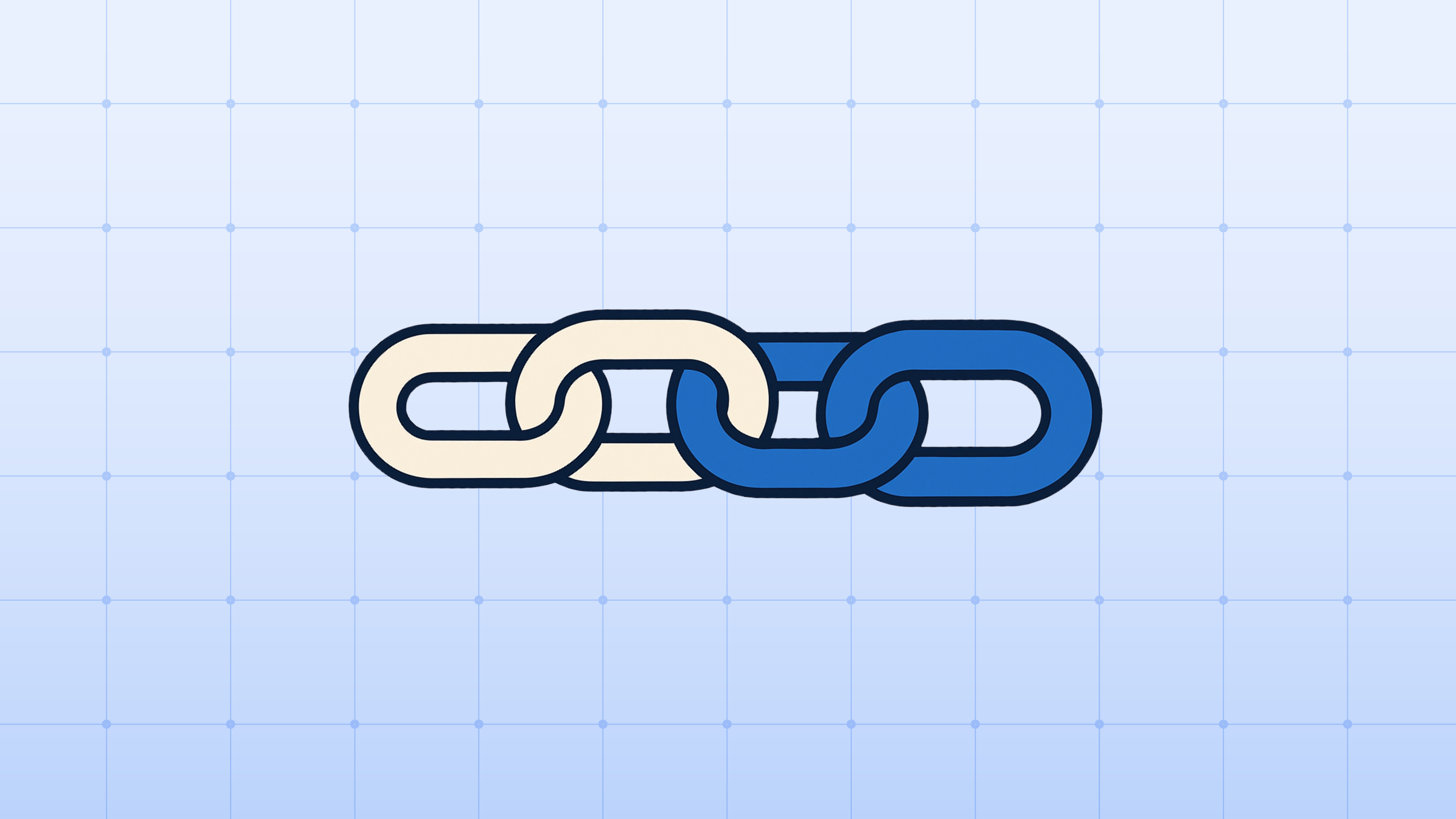
Teams that rely on open-source infrastructure face a growing challenge: how to safely and reliably consume critical components when upstream distribution changes overnight. The recent decision by MinIO to discontinue the MinIO Docker image is a prime example. For teams affected by upstream distribution changes of MinIO, Minimus provides a secure MinIO alternative.
At Minimus, we maintain a secure, minimal, and continuously updated MinIO container image as part of our mission to deliver trustworthy infrastructure. Our work didn’t start with this change, but the incident underscored why our approach matters.
In October 2025, MinIO announced on GitHub that it would stop publishing free Docker images to Docker Hub. This decision came unexpectedly, and notably, during the release of a critical security update (RELEASE.2025-10-15T17-29-55Z). As a result, users who depended on the official Docker image for timely patching suddenly found themselves without access to a secure, up-to-date build.
In the Hacker News discussion, developers voiced frustration over the abrupt change, especially given its timing and implications for production deployments. This change meant losing access to a trusted, automated, and verifiable artifact exactly when they needed it most.
The final MinIO image published to Docker Hub contained a known CVE with high severity (GHSA-jjjj-jwhf-8rgr), meaning that to remediate, developers could no longer rely on their existing security and release processes and would instead need to rebuild their MinIO from source.
While MinIO remains open source, rebuilding from source is complex. It requires time, tooling, and security expertise to:
For organizations relying on pulling MinIO from Docker Hub, being forced to rebuild and redeploy directly translates into risk exposure and potential downtime.
Minimus offers a secure, drop-in MinIO alternative. Switching from MinIO’s discontinued Docker image to Minimus is straightforward. You can replace your existing MinIO image references with the Minimus image in your Dockerfiles or deployment manifests without changing your configuration or environment variables. Our images are fully compatible with MinIO’s standard deployment patterns, so your storage endpoints, credentials, and startup commands will work as before.
Minimus helps teams consume open source software securely. Open source shouldn’t mean “you’re on your own.” Beyond providing a drop-in replacement, switching to Minimus offers long-term advantages for teams that want stronger security and less operational burden.
With Minimus’ minimal, secure MinIO image, developers can keep using one of the most capable object stores in the world, without compromising on security, maintainability, or trust.
Our MinIO Docker alternative:
And of course, GHSA-jjjj-jwhf-8rgr is patched.
Learn more about how Minimus secures open-source infrastructure, or pull our verified MinIO Docker image today to get started.
Minimus is an independent software provider. We are not affiliated with, endorsed by, or sponsored by MinIO. MinIO is a registered trademark of its respective owner. We provide a secure, verified alternative to their container distribution.